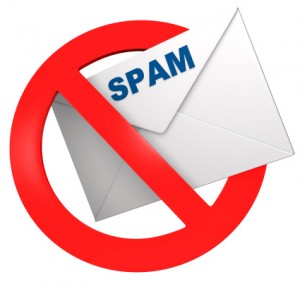In its Nov. 24 edition, The New York Times carried a fabulous tirade against liberties taken by PR agencies and “professionals” who aim their pitches indiscriminately at anyone to whom they can send them. The author, known as “The Haggler,” aptly called this phenomenon “PR spam.” Like everyone who receives unsolicited bulk emails, journalists, too, have little patience or appreciation for the uncalled-for inundation of PR pitches that is sent like arrows in the dark. In other words, everybody is a little irked by this method of doing PR business.
Is this ethical?
The Haggler, it seems, tracked a few of the companies whose spammy PR reached his mailbox and asked their top executives and CEOs whether this was their preferred PR strategy. All of them said they disapproved and did not know that their companies used such underhanded tactics. Not one of them said that it was preferred or that it pays off somehow. That is a unanimous disapproval. Yet, the practice is thriving.
Why they do it – Their side of the story
The Haggler himself looked at the “angles” that this type of pitch offers. It seems the shots in the dark sometimes pay off and the leads that come through from this next-to-nothing effort are worth the trouble. Besides, these public relations agencies feel that there is really nothing wrong in sending en masse PR pitches to journalists – after all, they are sending news and some of this news might be interesting.
How to prevent this – The Haggler’s way
The Haggler feels that this is one of the most undignified ways to do business – especially in this profession. (And we agree!) He was so upset about it that he took the trouble to track down some of the “PR spammers” and find out how they got his email on their “PR spam” lists. He traced the source to a media database service provider that “sold” email addresses for newsroom contacts. One of those popular providers is Vocus.
He immediately found the best contact person at Vocus and asked to be removed from the database. It worked. Once his name was removed, the PR spam shrunk overnight. Then he took the trouble to find other media database service providers like Cision, PR Newswire and BusinessWire, among others, and wrote to them, too, to have his name removed. With that task completed, the “spam” in his inbox trickled to almost zero, he claims.
Is this the best solution?
What happens if all the journalists remove their names from the databases? Does it really solve the problem? Take a look at the Haggler’s column for one brief moment and you will find that he has his email address listed there. So what do these database companies actually do? They collect the email IDs that anyone could; the fact that they do it themselves is just saving everyone else a little time. It definitely does not solve the “PR spam” problem and it definitely does not give a viable solution.
What is a viable solution?
The Haggler’s solution seems a little off for all his wisdom shown otherwise. You do not throw the baby out with the bathwater! Maybe the companies that hire public relations firms could lay down clearer terms of reference on what they should or should not do. And, perhaps, a little lesson in ethics would not be out of place…
by Jason Mudd, APR
Jason Mudd, APR, is the CEO of Axia Public Relations and an Emmy-Award-winning accredited public relations practitioner, speaker, author and entrepreneur. His public relations portfolio includes work for established national and emerging brands such as American Airlines, Dave & Buster’s, Brightway Insurance, Florida Blue, H&R Block, Hilton, HP, It Works! Global, Miller Lite, New York Life, Pizza Hut, Ray Charles and Verizon.
Topics: digital PR, media relations, public relations, PR tips



Comment on This Article